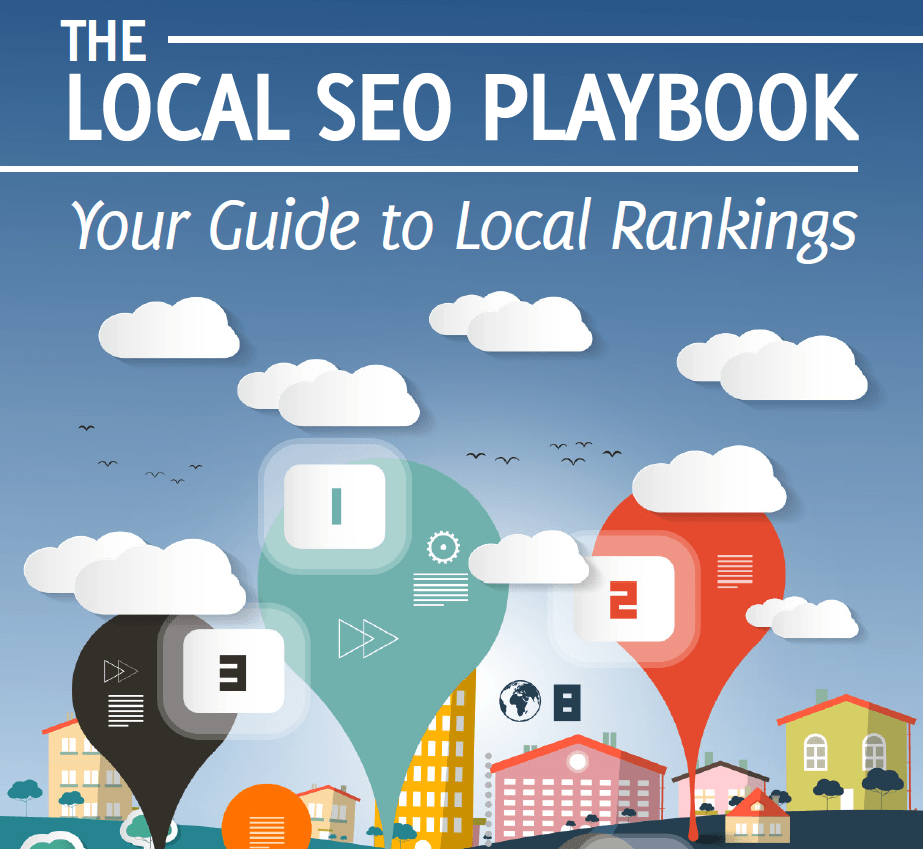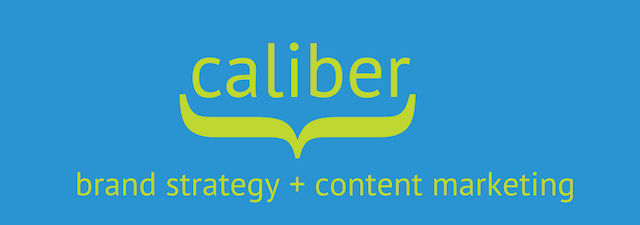Every social media cocktail needs a beer chaser.
by Dan Gershenson
By now you’ve probably been bombarded with enough posts elsewhere on Google Plus, so you’ll be glad to know this isn’t one more of them. Because what I’m writing about has wider implications than just one tool. It has to do where your entire brand lives in the social media realm.
I’ve come to the conclusion that clearly in terms of social media we should all be on TumblrGoogTwitBookTube.
Sorry for the confusion, but I think others with their behaviors and proclamations of late are just as confusing.
I’ve had it with those who feel another social media tool has to die so that another may live. Maybe it’s the rush to be proclaimed as a prophet of some sort, but it’s bogus. Actually, to be more accurate, it’s dangerous brand strategy and it risks burning the relationships you’ve cultivated.
I really have to marvel at people who are writing about how they are leaving their current outposts because something else has come along that’s far superior.
“We were on Facebook but we’re moving everything to Tumblr.”
“We were on WordPress but we’re going over to GooglePlus. Follow us there!”
Dumb, dumb, dumb.
They’re missing the point of how their own fans and followers use social media, which is to say that we almost never put all our energy toward one channel.
We have a hub and then, many times, we have at least a secondary channel. The most common example I’ve witnessed of this is Facebook for personal relationships, LinkedIn for business relationships. Or LinkedIn/Facebook as primary hub, Twitter as a 2 nd , lesser visited destination.
It’s kind of like a favorite of restaurant of mine that serves a Bloody Mary with a beer chaser of Miller Lite during Sunday brunch – every good primary hub deserves a secondary accompaniment. Much like the primary and secondary ways we consume social media. Or “Hubs” and “Outposts.”
It’s downright rare for us to spend 100% of our time in one place and that’s more than OK. Yet, every single time a new tool comes along like Google Plus, it has to be the Killer of something else. It was the Facebook Killer, the Twitter Killer and the LinkedIn Killer.
Nope. I’m not buying it.
Why can’t we research, experiment and explore? I spend the majority of my time on WordPress, Facebook, Twitter and LinkedIn. Not only because it’s what I’m comfortable with at the moment but more importantly, it’s where the people I have relationships with and potential clients are spending their time online. With Google Plus being new, I’ve done my due diligence to check it out because like many other people, I was curious. If enough of my audience is there – and stays there – I’ll deepen my commitment (I wouldn’t get hung up on the 10 million people who signed up for it until we see the staying power months from now).
I remember a much simpler time when we only debated in absolutes between “digital” media and “traditional” media.
Which was seriously only a couple years ago.
Now, just as social media is gaining credibility in the boardroom as a viable option for marketing budgets – yes, I believe we’re moving past that point – we’re going to complicate matters and confuse them by saying, “No, don’t go here anymore, you want to put all your energy over here.”
“But I thought you said Facebook was equivalent to the 3 rd or 4 th largest country in the world.”
“Yeah, I did, but it’s on its way out. You want to be on Tumblr. You can do so much more with it.”
“But our audience is in their 40’s. Isn’t that a tool more popular with Gen Y right now?”
“It’s OK. They’ll come around to it.”
Sure. But they’re not all there right now . So it’s more sensible to dip my toes in that water before jumping in with reckless abandon.
This may sound like you shouldn’t be flexible, but I’m actually championing for greater mobility.
Far before this thing called the Internet and social media came along, advertising agencies who had intelligent planners knew that their audience probably watched TV, listened to the radio and read certain magazines. They didn’t tell companies to put 100% of their marketing budgets in one medium.
We shouldn’t be telling people that now.
What I’m hearing is the equivalent of someone not only telling a marketer to put all their money in TV, but all their money in one channel like ABC. That doesn’t sound like good advice, right?
Well, telling a brand to go “all in” on one social media channel is probably along the same lines of competence.
We should be telling people to diversify and plan based on what we have gathered about the way their audience has, is and will behave. If social media is a component of their brand strategy – which it is – we should be treating it as such by diversifying our percentages of time spent on various channels rather than flipping off the light switch while people are still in the room talking.
I’m not suggesting that you should spend time on a dying channel or a channel that’s not reflective of your audience. That would be silly. What I am suggesting is that you should add social media channels rather than burn bridges. We can still be pioneers and sherpas of social media while being true to how our brand’s followers are living today. Then, if and when it appears that either the channel is on its way down for the count or that your audience is steadily trickling away from that channel, you make a move to change your commitment to it. From “primary” to “secondary” to “non-existent” if you have to.
So it’s OK to suggest when appropriate that we should take a hard look at spending time on a new channel because that’s where we believe based on research and conversations that this is where our audience will be headed. We’d be doing a disservice not to communicate this.
It’s just that when you build up a following on any medium, it’s something that’s not only taken time on your part but is a serious investment made on the people who have chosen to follow you that should never be taken for granted.
Sometimes I wonder if brands and gurus remember that before they torch the old place.
The post Every social media cocktail needs a beer chaser. appeared first on Caliber Brand Strategy + Content Marketing.
The Fractional CMO







